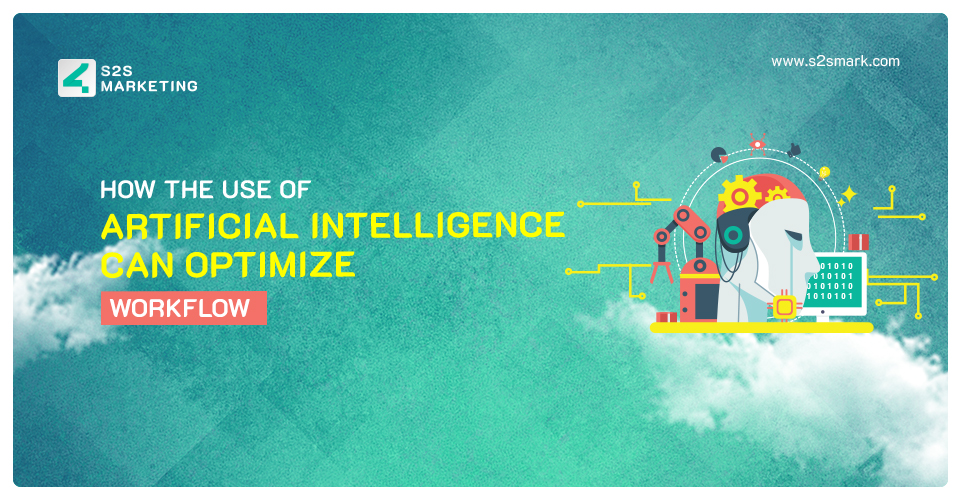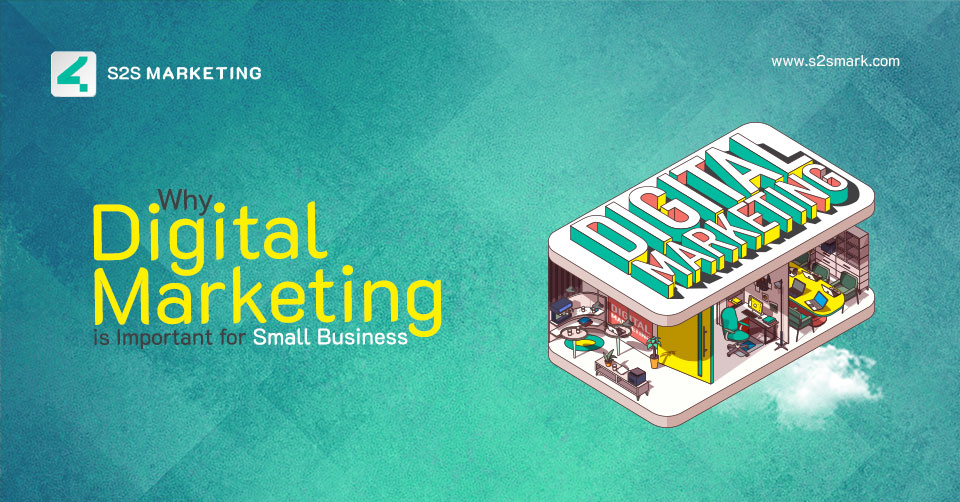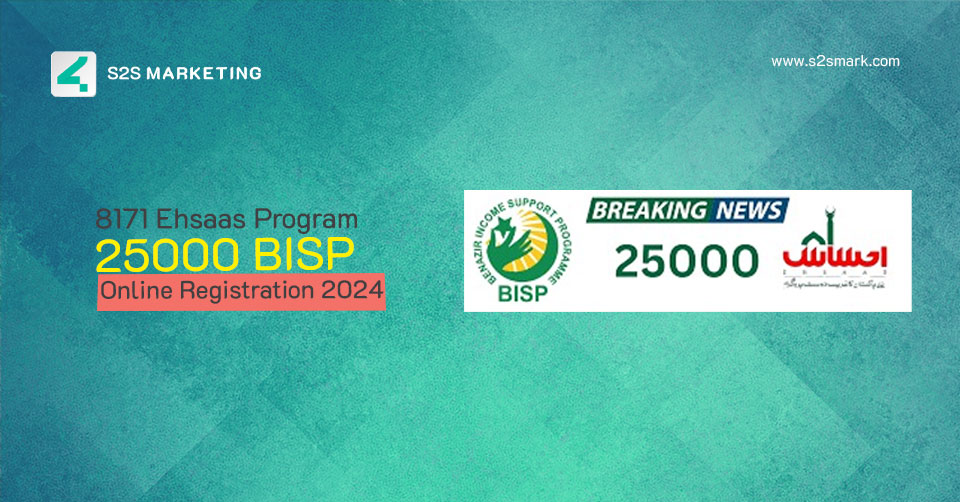In today’s world, the speed and efficiency of workflow are critical to the success of any business. One of the most significant technological advancements in recent years has been the development of Artificial Intelligence (AI). With AI, businesses can automate many routine tasks, analyze complex data, and improve decision-making, resulting in increased productivity and efficiency. Here are some ways AI can optimize workflow:
-
Automating Repetitive Tasks
Many workflow tasks can be repetitive and time-consuming, such as data entry, report generation, and customer inquiries. By automating these tasks, employees can focus on more complex and creative tasks that require human intervention. AI algorithms can be programmed to complete such tasks efficiently and accurately, thereby reducing human error and improving workflow efficiency.
-
Streamlining Communication
Effective communication is crucial to the success of any workflow. AI can help streamline communication by providing real-time translation for international communication, automating responses to emails and messages, and flagging important messages. AI-powered chatbots can be used to manage customer service inquiries and provide immediate responses, freeing up employees to focus on other tasks.
-
Improving Decision-Making
AI can analyze large amounts of data and provide insights that humans may miss. By analyzing customer data, financial reports, and sales forecasts, AI can help businesses make informed decisions and develop effective strategies. In addition, AI algorithms can provide real-time data analysis, helping businesses quickly identify and respond to emerging trends and issues.
-
Enhancing Customer Experience
Customers are the lifeblood of any business, and enhancing their experience is key to maintaining their loyalty. AI can help businesses provide a personalized experience to each customer by analyzing their preferences and behavior. With AI, businesses can provide personalized recommendations, real-time chat support, and customized marketing campaigns that cater to individual customer needs.
-
Predictive Maintenance
Equipment downtime can be costly and disrupt workflow. AI can help prevent such downtime by predicting equipment failures and scheduling maintenance before it becomes an issue. This can save businesses time and money by reducing downtime and minimizing repair costs.
-
Efficient Resource Allocation
AI can analyze resource usage and suggest ways to optimize resource allocation. By monitoring resource usage, businesses can reduce waste and improve efficiency, leading to cost savings and increased productivity. In addition, AI algorithms can predict resource demand, enabling businesses to adjust resource allocation to meet future demand.
-
Automated Scheduling
Scheduling can be a complex task, especially for large organizations. AI algorithms can automate scheduling based on availability, preferences, and other criteria, saving time and reducing errors in scheduling. By automating scheduling, businesses can ensure that all tasks are completed on time, leading to increased efficiency and productivity.
-
Continuous Improvement
AI can help businesses continuously improve workflow by analyzing data and identifying areas for improvement. By tracking employee productivity, analyzing customer feedback, and monitoring sales performance, AI algorithms can help businesses make data-driven decisions that lead to increased efficiency and productivity over time.
-
Personalized Productivity
Each employee has their own unique work style and preferences. AI algorithms can analyze individual productivity patterns and suggest personalized workflows that optimize productivity. By optimizing workflows based on individual work styles, employees can work more efficiently and feel more engaged in their work.
Conclusion
In conclusion, AI can optimize workflow in numerous ways, from automating repetitive tasks to improving decision-making and enhancing customer experience. By leveraging AI technology, businesses can save time, reduce errors, and increase productivity, leading to increased profitability and success. However, it is important to remember that AI is not a panacea for all workflow challenges. While AI can optimize many tasks, it cannot replace human judgment and creativity. Therefore, businesses should use AI as a tool to augment human capabilities, rather than a replacement for them. By combining AI technology with human expertise, businesses can optimize workflow and achieve their goals more efficiently





